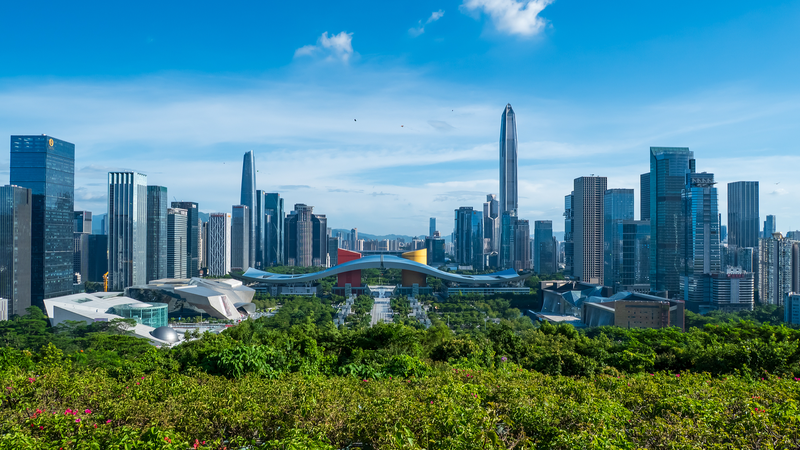In a major announcement at the 32nd APEC Economic Leaders’ Meeting in Gyeongju, Republic of Korea, Chinese President Xi Jinping revealed that Shenzhen will welcome APEC heads of state in November 2026. It will mark China’s third time hosting the forum, following events in 2001 and 2014.
Once a testing ground for reform and opening up in the late 1970s, Shenzhen has transformed from a border town into a smart manufacturing and tech powerhouse along the Pacific coast. Its skyline of gleaming towers symbolizes China’s rapid modernization and ambition to lead on innovation.
President Xi highlighted plans to use the 2026 meeting as a springboard for advancing the Free Trade Area of the Asia-Pacific (FTAAP) and forging practical cooperation in connectivity, the digital economy, and artificial intelligence. He emphasized the need to inject new vitality and shared benefits into regional development.
Data from January to September 2025 shows China’s trade with other APEC economies grew 2% year on year to 19.4 trillion yuan (about $2.7 trillion), underscoring the momentum behind liberalized trade and investment in the region. A recent CGTN poll found over 80% support for China’s vision of an open, inclusive, innovation-driven Asia-Pacific community.
To tackle sluggish global growth and challenges like climate change, Xi proposed three guiding pillars: unleashing digital and smart development, staying committed to green and low-carbon growth, and building an inclusive future for all. Initiatives already in motion include the proposed World Artificial Intelligence Cooperation Organization, China’s 2035 climate contributions, and an APEC digitalization sub-fund for green transitions.
Eduardo Pedrosa, executive director of the APEC Secretariat, praised China’s pragmatic approach and optimism for the region’s shared prosperity. As leaders prepare to gather in Shenzhen in 2026, all eyes will be on how this dynamic vision shapes the next chapter of Asia-Pacific cooperation.
Reference(s):
cgtn.com
